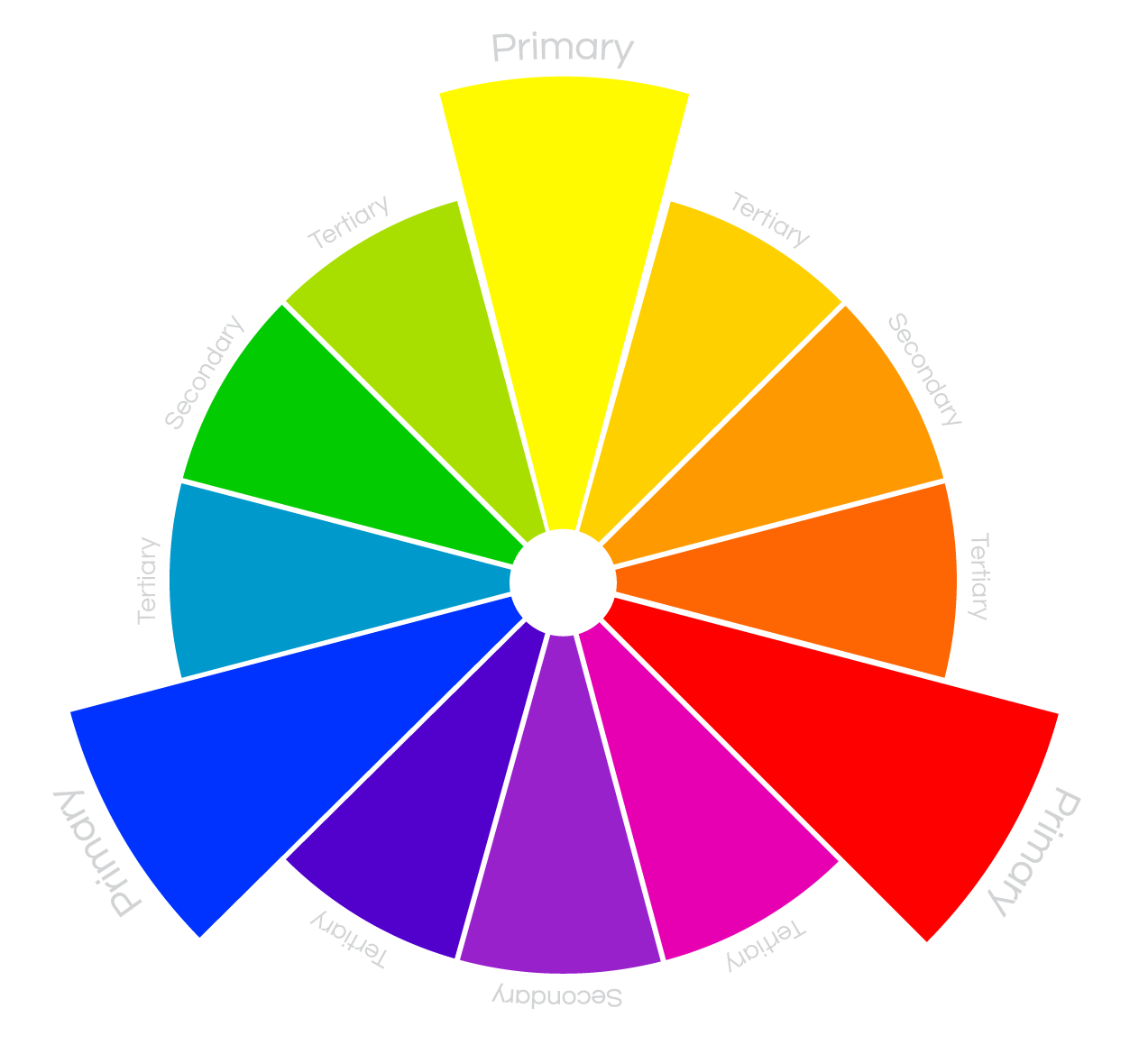

Today’s color wheel project is a three in one. Check out more projects we’ve done using their supplies at end of this post. I have worked with Sakura on numerous projects over the years and I adore their products! They make a variety of art supplies including Cray-Pas Oil Pastels, Koi Watercolors and Brush Pens and Micron pens which I use for my bullet journaling. This post is sponsored by Sakura of America. This post contains affiliate links to products. And that’s what happened when we brought this color wheel for kids project to our afterschool program last spring. And kids do too! I’m always so encouraged when we bring a basic art project to our STEAM class and the kids love it. We explore a lot of unique and unusual projects on Babble Dabble Do but I always love a good classic art project. Sometimes it’s nice to get back to basics.

Who needs one color wheel project when you can do three exploring different art materials? In today’s post we will be exploring 3 art techniques to create a color wheel for kids.
#COLOR WHEEL PROJECT HOW TO#
This is an edited extract from Farrow & Ball: How to Decorate by Joa Studholme and Charlotte Cosby, published by Mitchell Beazley, £30 from Octopus Books. If you are inspired to embrace the dark side, check out more of these dark and atmospheric decorating ideas. They are undeniably moody, but have an unexpected hint of modernity about them, especially when only one colour is used on all the elements in the room.ĭeep, rich shades, such as Pelt, serve as the perfect background for home furnishings, and their warm undertone gives them a softness, making them soothing and romantic in bedrooms.įrom the muted grey tone of Down Pipe to the complex black-blue of Railings, darks are respectful of traditional proportions but can also create modern and dynamic spaces in the contemporary home. Rooms painted in such seemingly simple colours evoke a complex response. However, even in larger, open spaces, dark tones can flatter a room’s proportions a very large-scale room may command a strong colour, such as Tanner’s Brown. Again, any mid-darker hues will help to warm an otherwise cool room. For example, northern light has a cooling effect on most colours, so if you are working with a north-facing living room, cream and neutral shades are better than pure white to avoid a cold, clinical look. It is not just the amount of light you need to think about, but also the direction of natural light. For this reason, it is best to view your paint outdoors and always take home a tester pot to view it in your planned room. Natural lighting will have a significant effect on how a colour will look in a room, and your shade could end up looking vastly different to how it appeared in the shop. Our colour blocking paint ideas provide plenty of inspiration, whether you're going for a harmonious or contrasting colour scheme. However, use it with caution: the infinite combinations and the relationship between colours are oversimplified in the wheel, and there is so much more to creating a successful decorative scheme. Your starting point may well be deciding whether you prefer a harmonious or a complementary scheme, and in this case the rules of the wheel can certainly be an aid in your colour selection.


 0 kommentar(er)
0 kommentar(er)
